Iron, steel, and cast iron are three widely used materials that make many tools. There are many differences between them and Many people may confuse these three substances, but we must say that they are not the same in any way. Cast iron and steel are iron-based alloys, the only difference being the amount of carbon used in each.
- strength/strength
- plasticity
- Toughness (toughness is a combination of ductility and strength)

gray cast iron
The shrinkage rate and porosity of gray cast iron is small. This cast iron is the most widely used type of cast iron based on weight; it has high thermal conductivity and is ideal for making cookware. This cast iron is softer than white cast iron, while its material is hard and brittle. Gray cast iron is commonly used to make the following items:
- car base
- engine block
- motor housing
- cast iron pipe
- gear

difference between steel and iron
Steel is the most widely used material in all walks of life, especially in construction. Iron ore is converted into steel through various processes and used. Iron ore is one of the most important and abundant natural resources. In the past, iron ore was used as raw material, but today this valuable material is used as iron, steel, cast iron, etc. In fact, iron, steel and cast iron are all derivatives of iron ore. The Iron Age goes back many years, around 1400 years before Christ. Some of the works that remain in Armenia today from that time are a good testimony to this. Iron is the most widely used metal in the world, mainly because of its reasonable price and high strength. As such, almost all structures in the world are built using iron tools and parts made from iron derivatives. 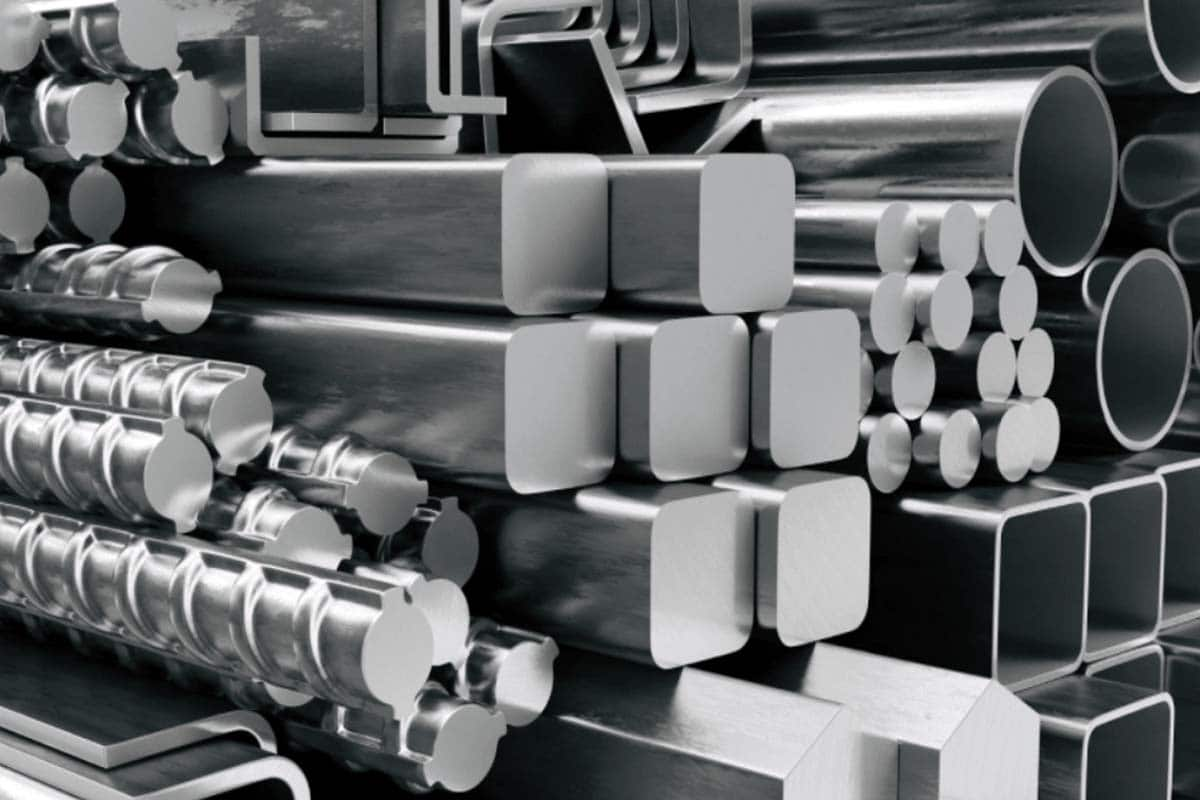 Rebar, beams and other building parts are made of steel. The above steels are made from iron ore; there are different types of steel used to make mild steel, click on the link to learn more about mild steel. Steel is a metal composed of iron, which contains two thousandths to two percent carbon. This variable carbon content in the steel results in different strengths of the final product; that is, the higher the carbon content of the steel, the stronger it will be. As the strength of steel increases, its weldability decreases. These properties lead to different uses of steel in different situations. Therefore, steel, this widely used metal, must be made with the right amount of carbon to have good electrical resistance and better flexibility and weldability. The main structural difference between steel and iron is their carbon content. Pig iron has a much lower carbon content, while steel has a significantly higher carbon content than iron. The maximum carbon content in steel can be 2% by weight. Adding other elements to the steel production process changes the properties of the final product. For example, adding chromium to steel can improve its rust resistance, or nickel can increase the steel’s strength.
Rebar, beams and other building parts are made of steel. The above steels are made from iron ore; there are different types of steel used to make mild steel, click on the link to learn more about mild steel. Steel is a metal composed of iron, which contains two thousandths to two percent carbon. This variable carbon content in the steel results in different strengths of the final product; that is, the higher the carbon content of the steel, the stronger it will be. As the strength of steel increases, its weldability decreases. These properties lead to different uses of steel in different situations. Therefore, steel, this widely used metal, must be made with the right amount of carbon to have good electrical resistance and better flexibility and weldability. The main structural difference between steel and iron is their carbon content. Pig iron has a much lower carbon content, while steel has a significantly higher carbon content than iron. The maximum carbon content in steel can be 2% by weight. Adding other elements to the steel production process changes the properties of the final product. For example, adding chromium to steel can improve its rust resistance, or nickel can increase the steel’s strength.  rust free Steel has different properties in structure. The first difference between steel and steel is their ability to resist corrosion. Steel has anti-corrosion properties, while iron reacts with oxygen and water in the sense of oxidation, called iron oxide. strength Another difference between steels is their strength. Steel is much stronger than iron. This strength is mainly due to its higher carbon content, and then other elements such as nickel are added, which play an important role in increasing the strength. The use of steel in all walks of life is based on its strength. Carbon content is divided into three groups: low carbon steel, medium carbon steel and high carbon steel. The presence of silicon in steel is also another difference between steel and iron. Steel containing silicon increases its tensile strength. Although iron does not have this ability like steel. Of course, the addition of elements such as manganese and chromium is also very effective in increasing this property.
rust free Steel has different properties in structure. The first difference between steel and steel is their ability to resist corrosion. Steel has anti-corrosion properties, while iron reacts with oxygen and water in the sense of oxidation, called iron oxide. strength Another difference between steels is their strength. Steel is much stronger than iron. This strength is mainly due to its higher carbon content, and then other elements such as nickel are added, which play an important role in increasing the strength. The use of steel in all walks of life is based on its strength. Carbon content is divided into three groups: low carbon steel, medium carbon steel and high carbon steel. The presence of silicon in steel is also another difference between steel and iron. Steel containing silicon increases its tensile strength. Although iron does not have this ability like steel. Of course, the addition of elements such as manganese and chromium is also very effective in increasing this property. 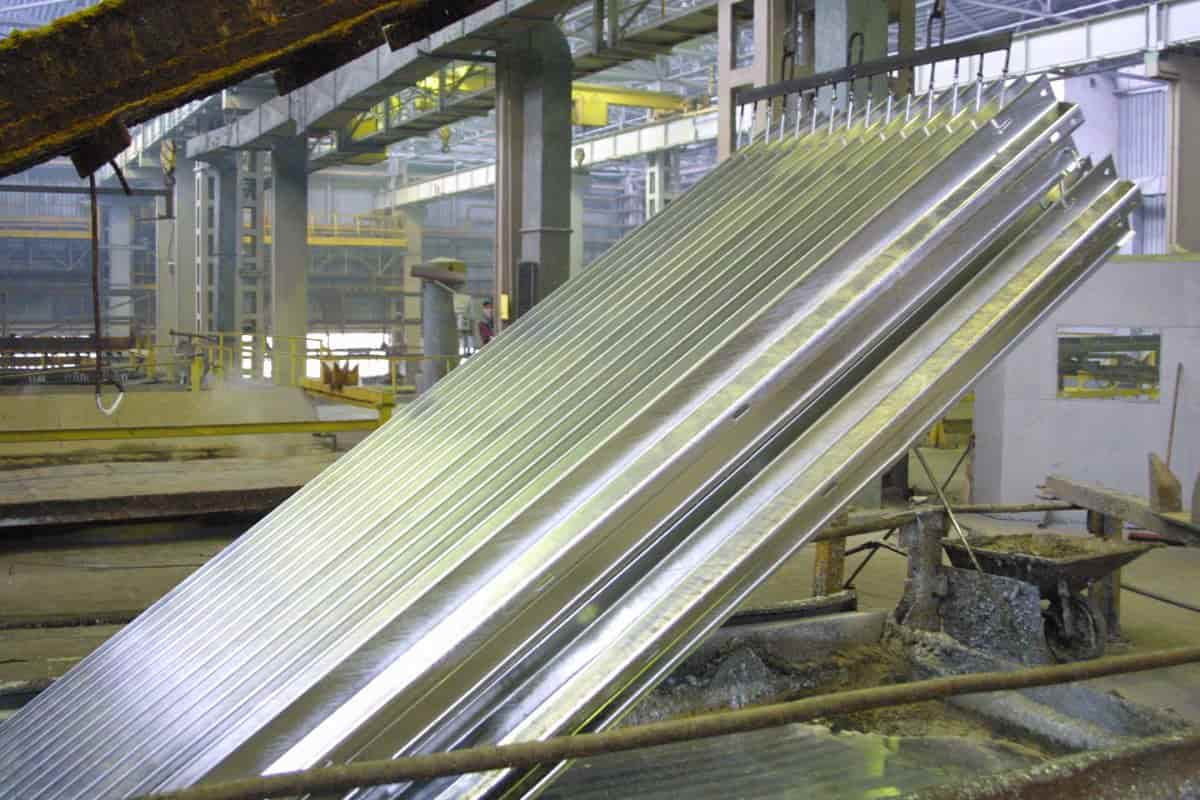





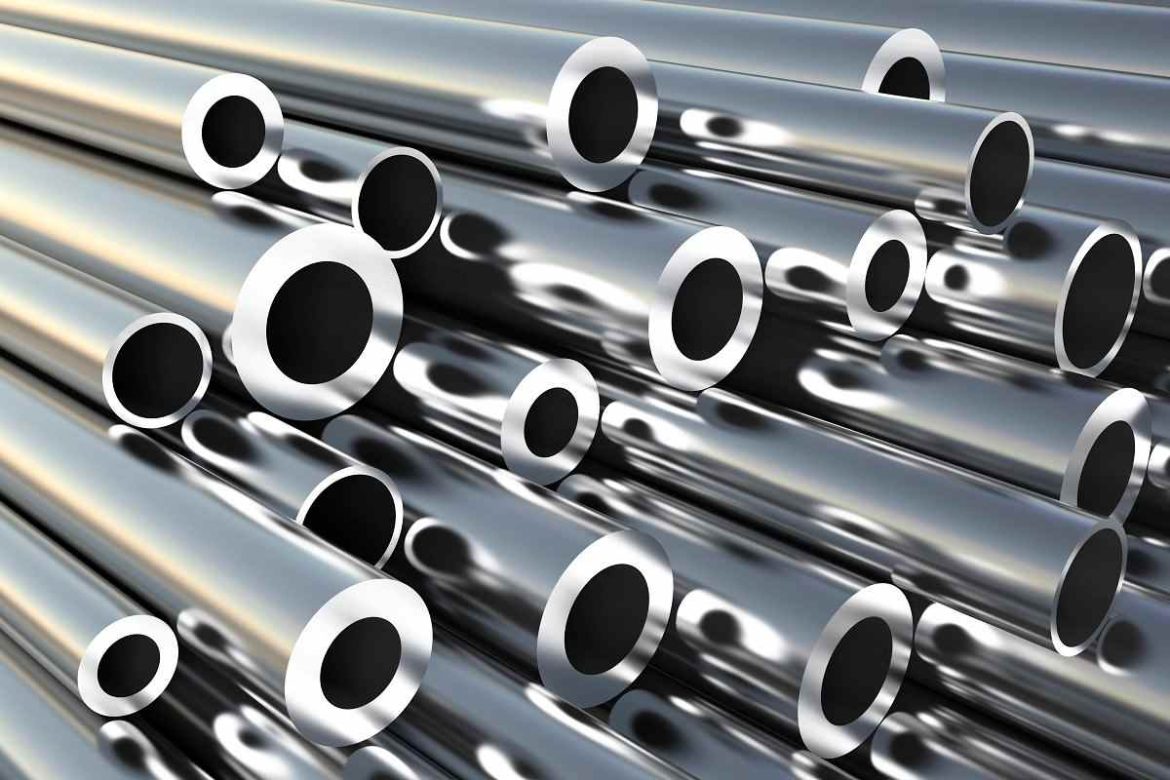
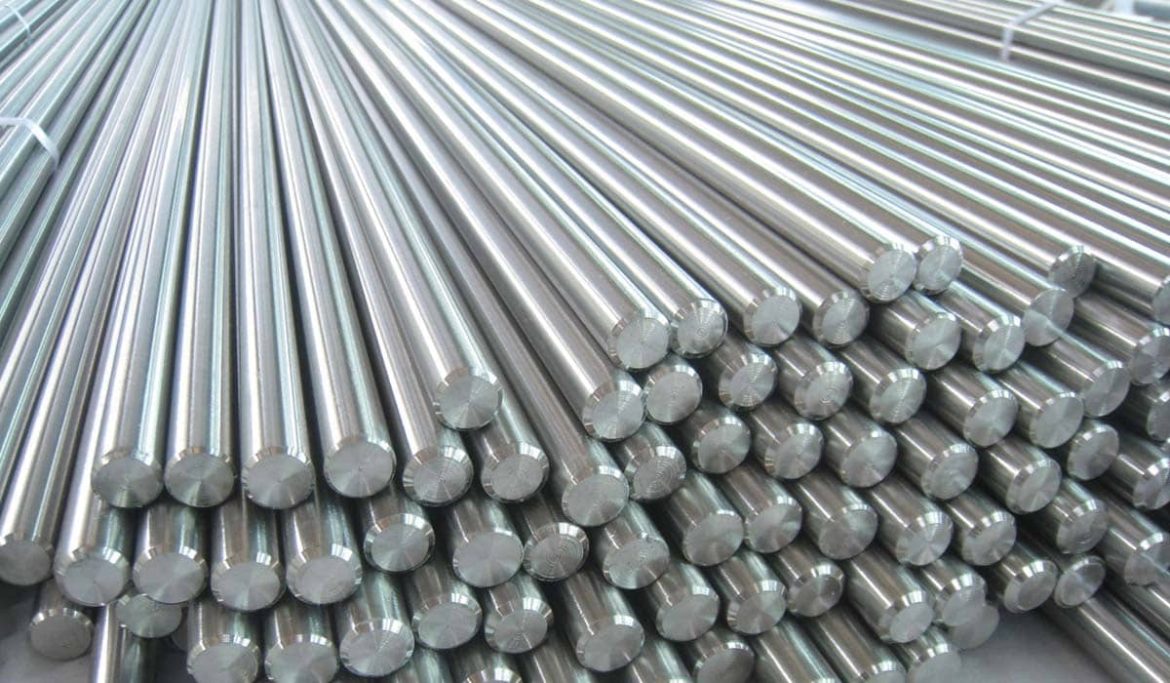
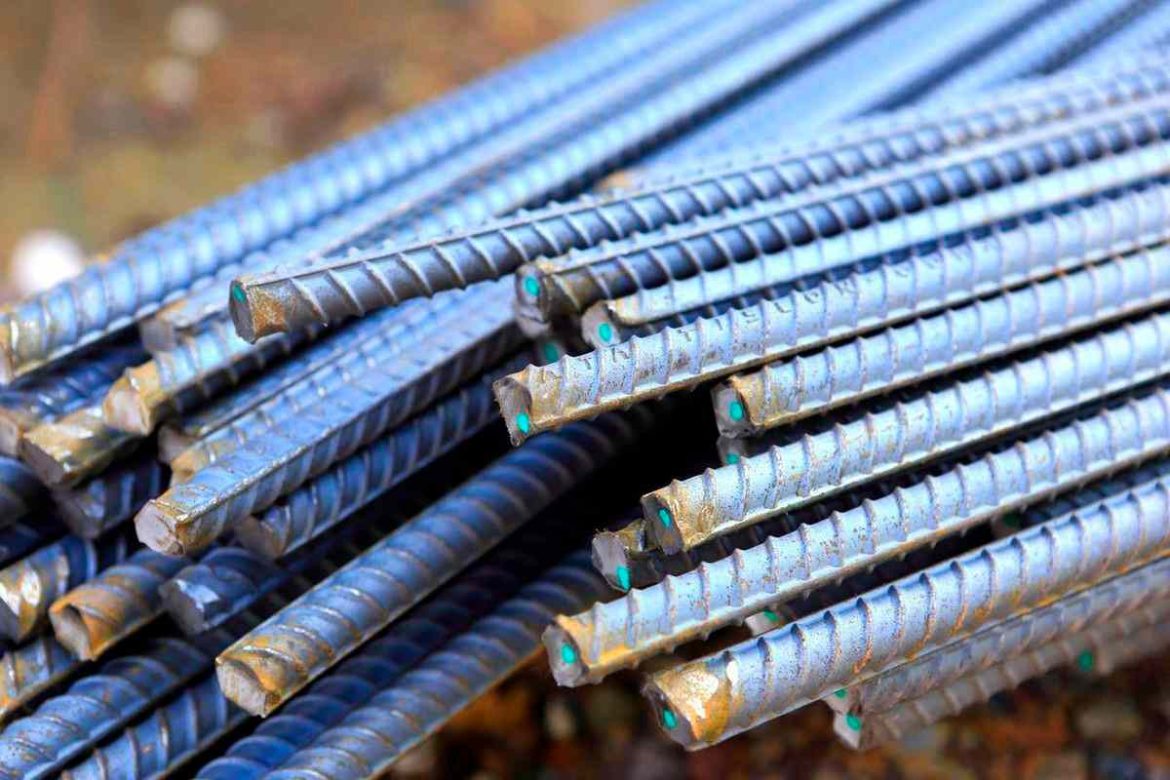
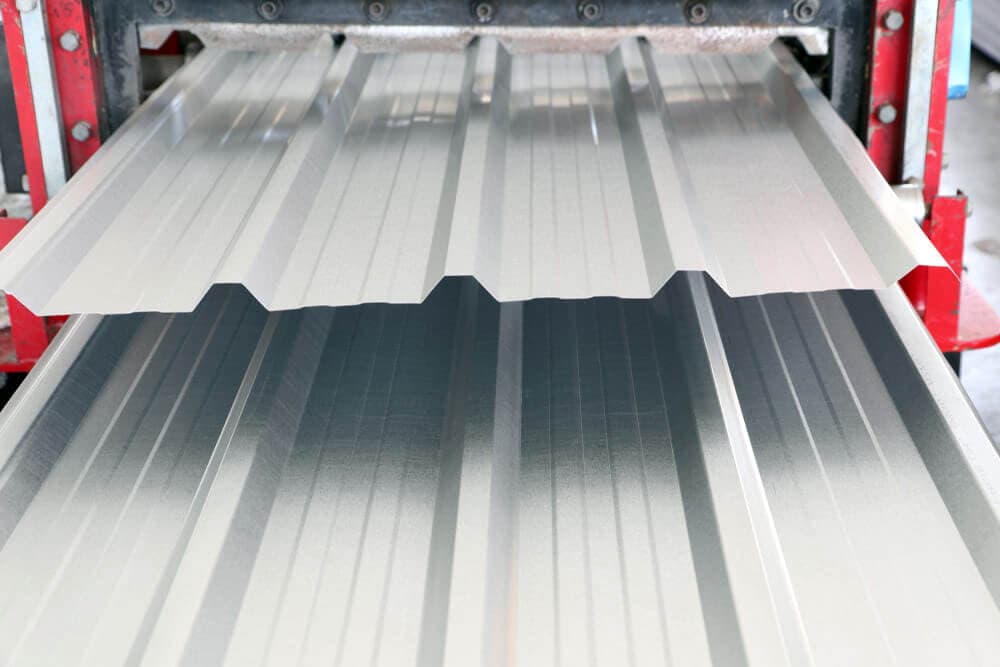
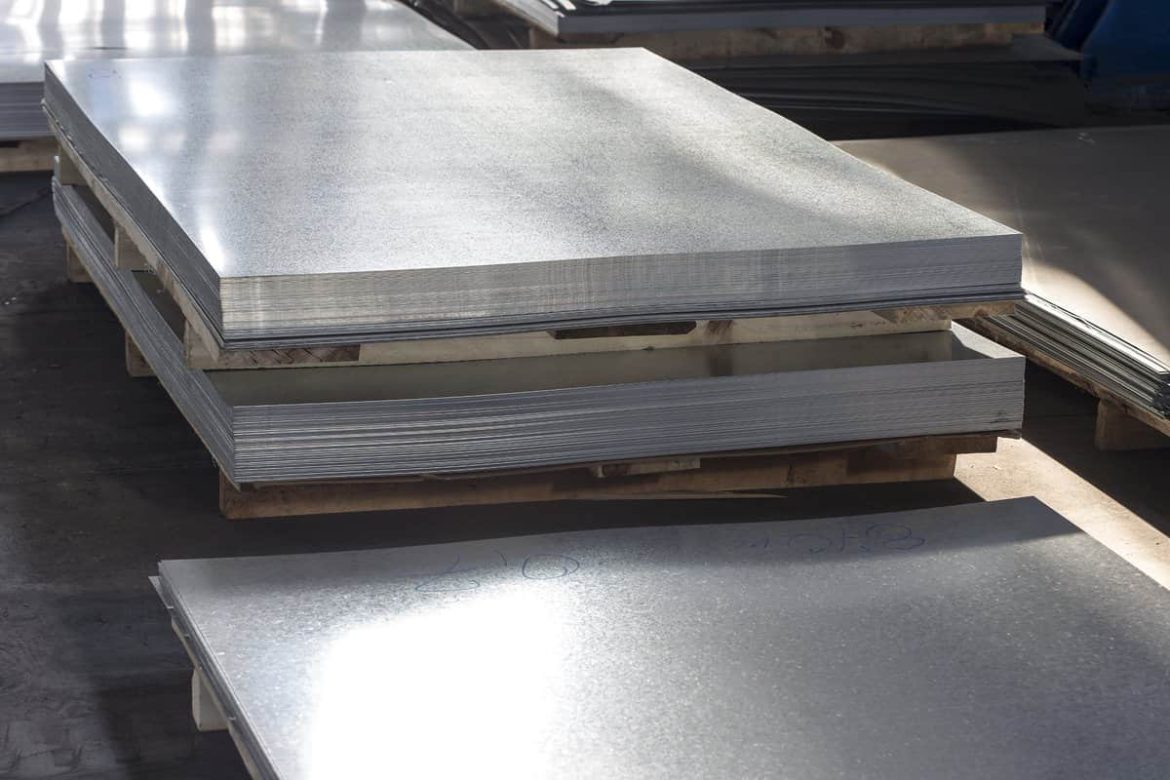
Your comment submitted.